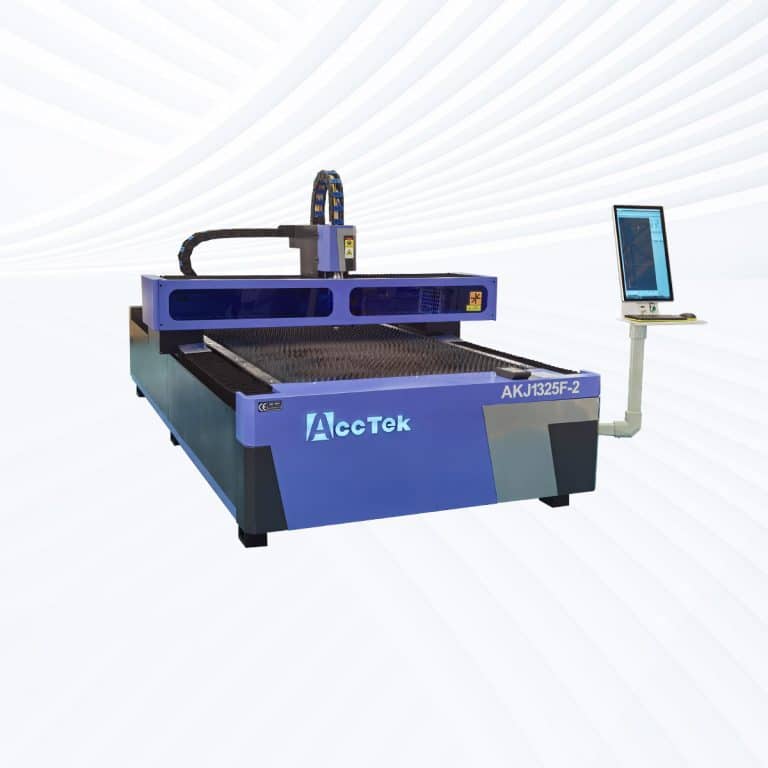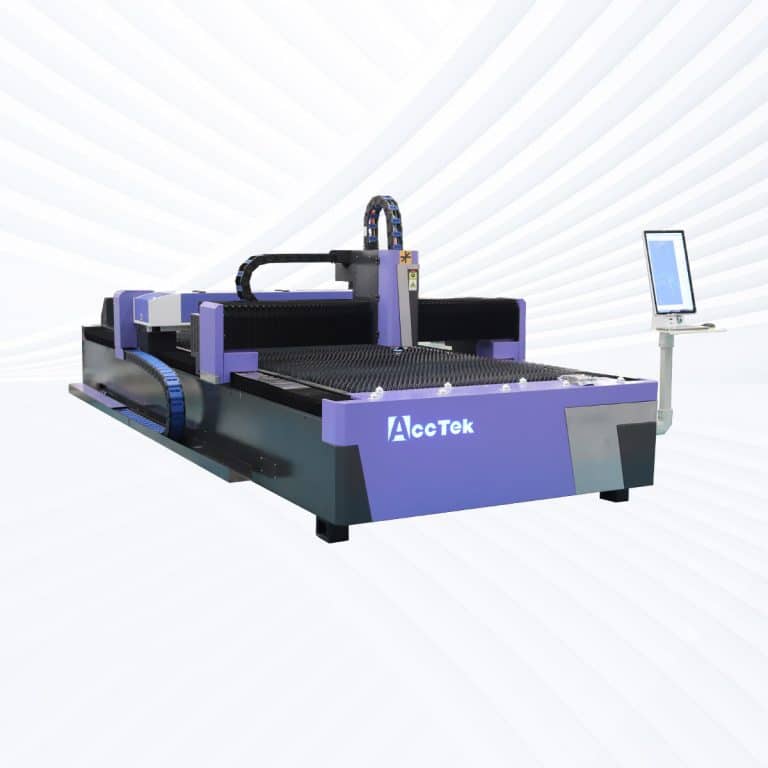Product Introduction
Types of Mixed Laser Cutting Machines
Application of Mixed Laser Cutting Machines

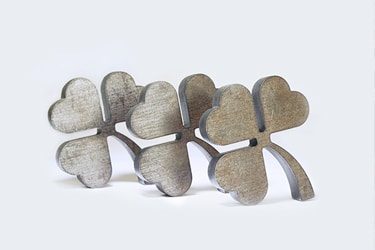

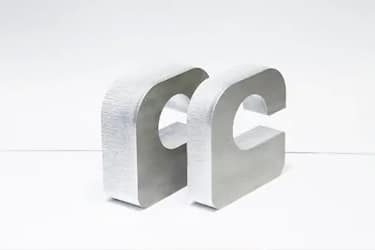
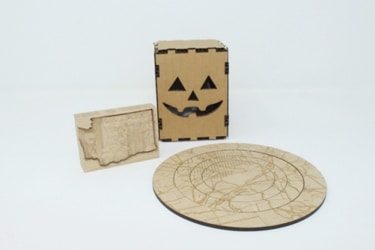
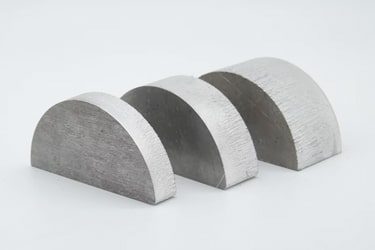


Customer Testimonials
Mixed Laser Cutting Machine VS Other Cutting Machines
| Comparison Item | Mixed Laser Cutting Machine | Plasma Cutting Machine | Knife Cutting Machines | Waterjet Cutting Machine | Mechanical Cutting Machine |
|---|---|---|---|---|---|
| Material Compatibility | Metals and non-metals (e.g., acrylic, wood, steel) | Metals only | Soft, thin non-metals (e.g., vinyl, foam, fabric) | Almost all materials, including thick and brittle types | Metals, plastics, wood |
| Cutting Precision | High for both metals and non-metals | Moderate | High for thin, flexible materials | High | Moderate |
| Edge Quality | Clean edges, polished on acrylic | Rougher edges often require finishing | Clean on soft materials | Smooth edges, no heat-affected zones | May have burrs or tool marks |
| Cutting Speed | Fast on thin metals and non-metals | Fast on thick metals | Very fast on thin materials | Slow to moderate | Moderate |
| Heat-Affected Zone | Minimal on metals, none on non-metals | Large | None | None | Moderate (friction-based) |
| Suitable for Engraving | Yes (on non-metals) | No | No | No | No |
| Tool Wear | Very low (non-contact laser cutting) | High (consumables wear quickly) | Low (blades need replacement over time) | High (nozzles and pumps require maintenance) | High (blades and bits wear with use) |
| Cutting Thickness Range | Moderate (best for thin to medium materials) | Excellent on thick metals | Limited to thin materials | Excellent on thick materials | Varies depending on the machine |
| Material Changeover | Easy and fast between metal and non-metal | N/A (metals only) | Limited to soft materials | Suitable for many materials but requires setup changes | Time-consuming for mixed materials |
| Operating Cost | Low to moderate | High (gas and consumables) | Low | High (abrasive and water consumption) | Low to moderate |
| Maintenance Level | Low (simple cleaning and alignment) | High (frequent consumable replacement) | Low | High (abrasive handling, pump maintenance) | Moderate to high |
| Application Versatility | Very high (cutting + engraving across different material types) | Limited to heavy-duty metal cutting | Limited to signage, packaging, and textiles | High for custom or industrial cutting of specialty materials | Moderate (basic industrial or workshop use) |
Why Choose Us
Advanced Technology
Our laser cutting machines feature high-speed, precision cutting with the latest laser technology, ensuring smooth edges, minimal waste, and superior efficiency across various materials and thicknesses.
Reliable Quality
Each machine undergoes rigorous quality control and durability testing to ensure long-term stability, low maintenance, and consistent high performance, even under demanding industrial conditions.
Comprehensive Support
We provide full technical support, including installation guidance, operator training, and after-sales service, ensuring smooth machine operation and minimal downtime for your business.
Cost-Effective Solutions
Our machines offer high performance at competitive prices, with customizable options to fit different production needs, helping businesses maximize their investment without compromising on quality.
Related Resources
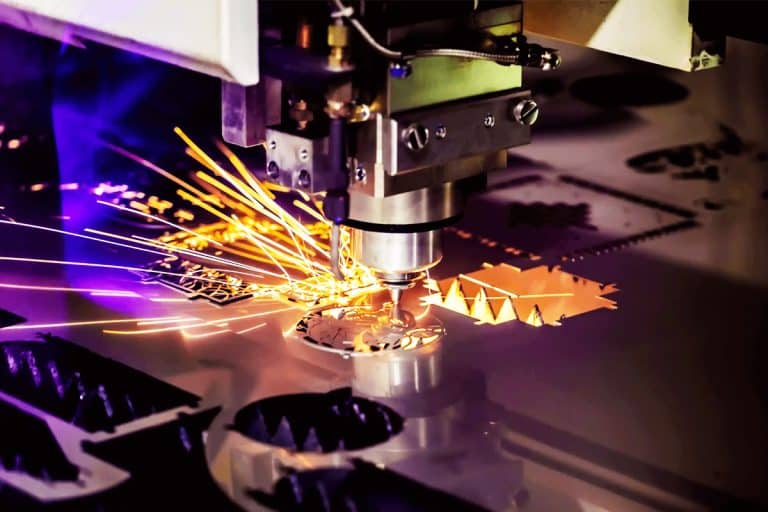
Is Laser Cutting Fume Toxic
This article explains what laser cutting fumes are, how they form, their health and environmental risks, and the safety measures needed for proper fume control and extraction.
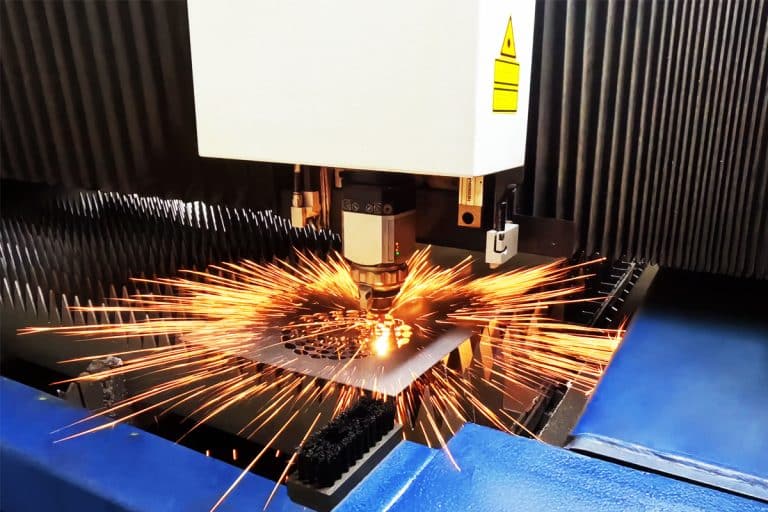
Laser Cutting Machine Nozzle Guide
This article is a comprehensive guide explaining laser cutting machine nozzles – their types, functions, materials, maintenance, and best practices for achieving precise, efficient cutting results.
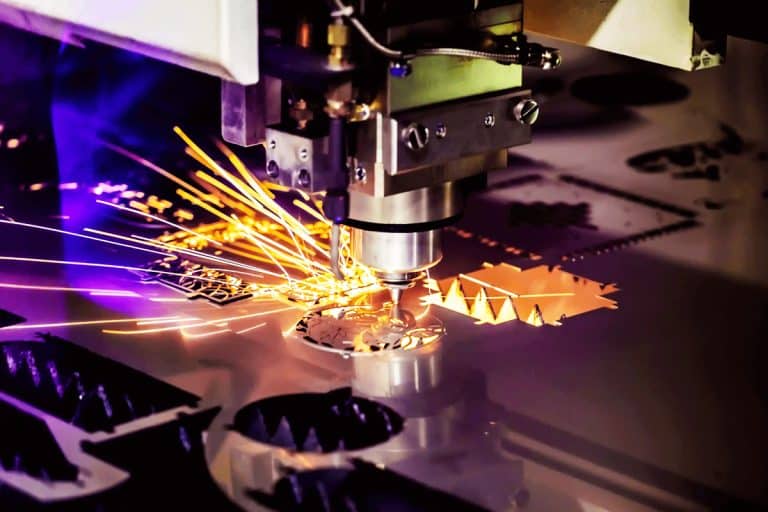
Does Laser Cutting Use Gases
This article explains the role of assist gases in laser cutting, outlining how oxygen, nitrogen, and air influence cutting performance, quality, and material compatibility.
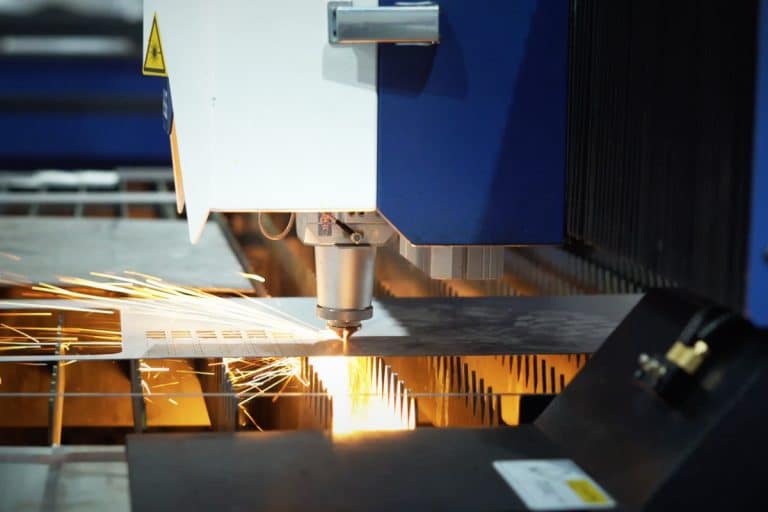
How Do I Choose Laser Cutting Machine Manufacturers
This article explains how to choose laser cutting machine manufacturers by assessing service networks, spare parts, software, compliance, training, stability, and overall partnership value.
Frequently Asked Questions
What Are Mixed Laser Cutting Machines?
How Much Are Mixed Laser Cutting Machines?
How Long Is The Service Life of Mixed Laser Cutting Machines?
What Are The Power Options Available For Mixed Laser Cutting Machines?
What Can Mixed Laser Cutting Machines Cut?
What Are The Disadvantages of Mixed Laser Cutting Machines?
In Which Industries Are Mixed Laser Cutting Machines Most Commonly Used?
- Signage and Advertising: Mixed laser cutting machines are widely used in the signage industry for cutting acrylic, MDF, and thin metal sheets to create signs, lettering, and display components. Their ability to switch between materials makes them ideal for custom jobs and design flexibility.
- Custom Manufacturing: Small to mid-sized manufacturers use mixed lasers to produce a variety of parts from different materials. These machines help streamline production by eliminating the need for separate systems for metal and non-metal processing.
- Interior Design and Furniture: Designers use mixed lasers to create decorative elements, wall panels, and custom inlays using wood, leather, and thin metal. The versatility supports both aesthetic and functional components in furniture and interior products.
- Arts, Crafts, and Personalized Products: Craft businesses and product designers benefit from the ability to cut leather, fabric, acrylic, and thin sheet metal for personalized gifts, jewelry, and custom artwork.
- Prototyping and Product Development: R&D teams use mixed laser cutters for rapid prototyping. Being able to test designs on various materials in one machine speeds up development and reduces material limitations.
- Education and Training: Schools, colleges, and technical training centers use mixed laser cutters to teach students how to work with different materials, preparing them for real-world fabrication and design tasks.
- Automotive Accessories: Shops that create custom vehicle parts use mixed lasers for cutting interior panels, trims, and accessory components made from plastics, leather, and thin metals.
- Packaging and Model Making: Mixed lasers are useful in packaging design and architectural model making, allowing precise cutting of cardboard, paper, foam board, and sometimes light metal for structural or aesthetic elements.
How To Maintain Mixed Laser Cutting Machines?
- Daily Cleaning and Inspection
- Clean lenses and mirrors to prevent power loss or damage.
- Check the nozzle for debris that could impact precision.
- Clear the cutting bed of scraps and dust.
- Replace Consumables as Needed
- Watch for wear on lenses and nozzles—replace if quality drops.
- Lubricate guide rails and bearings regularly to prevent wear.
- Cooling System Care
- Make sure the chiller is working and water levels are right.
- Change water every 2-4 weeks; use distilled water only.
- Maintain Exhaust and Filtration
- Keep exhaust fans and air filters clean to prevent smoke buildup and overheating.
- Replace filters as necessary.
- Alignment and Focus
- Check laser alignment regularly.
- Run focus tests to ensure the cutting depth is correct, especially after changing materials.
- Software and Firmware
- Update software and firmware when available.
- Back up machine settings and files to avoid data loss.
- Electrical and Gas Checks
- Inspect wiring for wear or looseness.
- Check gas levels and lines for leaks.
- Stick to a Maintenance Schedule
- Create and follow a weekly, monthly, and quarterly checklist.
- Preventive maintenance reduces breakdowns and extends machine life.

